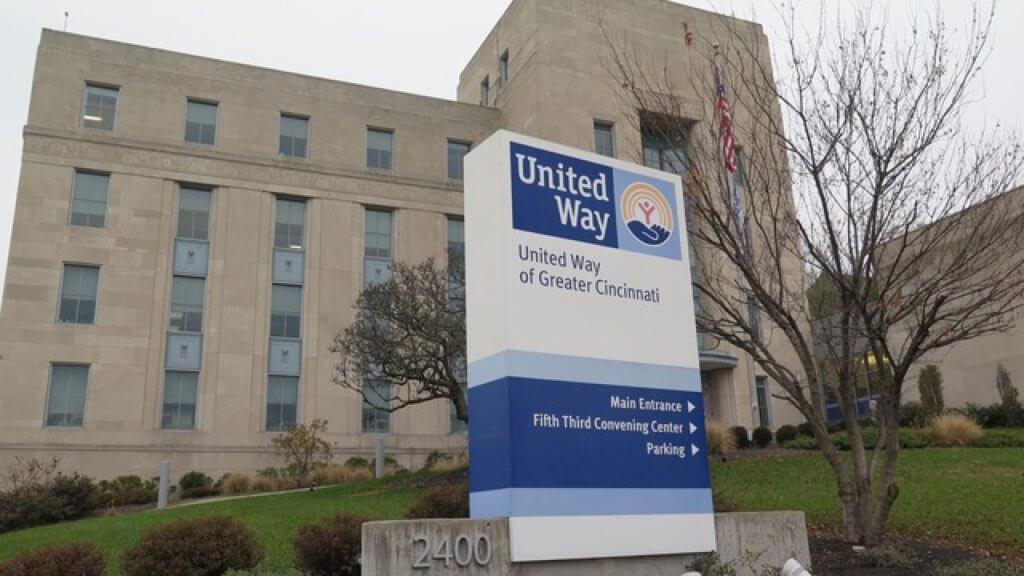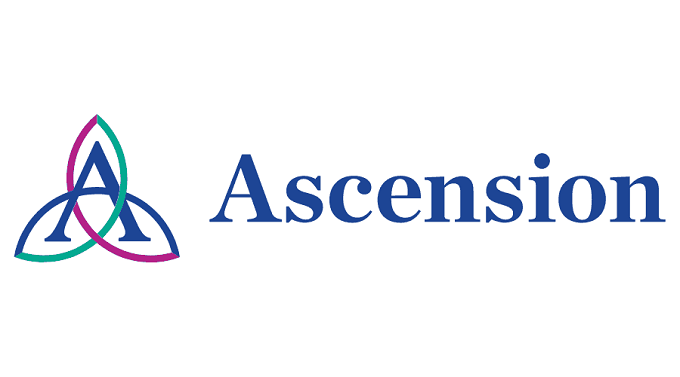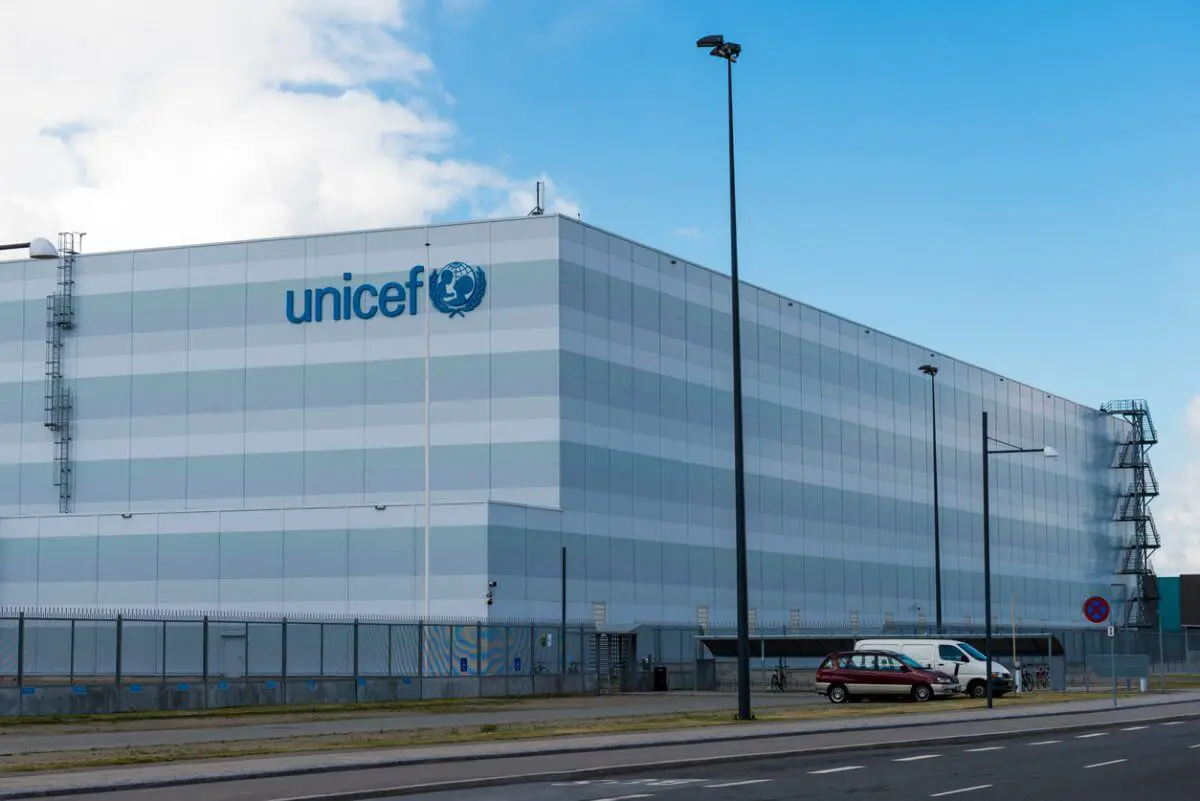United Way Mission and Vision Statement Analysis

United Way’s mission statement states that the organization “improves lives by mobilizing the caring power of communities around the world to advance the common good.” The ability of the establishment to mobilize and involve people speaks to the trustworthiness of the United Way and its overall reputation. It also shows the leadership qualities and influence over societies. The mission statement comprises of these key points.
- Improvement of lives
- Improving communities
The primary duty of United Way is to reach out to the disadvantaged and ensure that they have an equal opportunity in life just like everyone else. The organization has a wide range of global initiatives targeting individuals at various capacities including the provision of shelter, food, education as well as healthcare needs. By meeting the needs of the first component, United Way also satisfies those of the second one because the empowerment of individuals is the foundation for promising communities. In other activities, United Way leads from the front in general community building and recovery in times of adversity.
Introduction
The mission and vision statements by United Way reflects the self-sacrificing nature of the organization in going out of its way to make a difference in the lives of people in need. As a nonprofit entity, United Way has earned itself a name across the globe due to its influence in communities through the more than 1,200 local establishments. Since 1887 when it was established, United Way has shown its commitment to this course by standing with its mission and vision.
Technically, a corporate vision statement is a roadmap to the future of a corporation, while a corporate mission statement is all about the strategic methods the management would apply to advance the company towards the vision. In this case analysis of United Way, its vision statement is to positively impact and stimulate the growth of both individuals and societies.
The mission statement identifies how the organization seeks to advance its objectives by evoking the caring power from communities. In over a century, United Way has remained solid and stable due to the support of its core values. Together with the mission and vision statements, these values have enabled the company to remain focused on its mandate.
Vision Statement
United Way’s vision statement is that it “envisions a community where all individuals and families achieve their human potential through education, financial stability, and healthy lives.” The statement emphasizes the core areas that the organization intervenes to create better and thriving communities wherever it operates. The statement has the following major elements.
- All individuals and families
- Enabling achievement of human potential
In the first major element, United Way makes it clear that it gives its services to everyone in need indiscriminately irrespective of where they are. By doing this, the organization taps into the potential of each of its beneficiaries and offers them the best conditions to realize them fully.
Core Values
United Way’s core values include “diversity, equity, and inclusion.” Through these principles, United Way has created a reputation of a dependable and fair-minded organization across the globe. With this, it has succeeded in the mobilization of individuals and communities to contribute to its course.
References
Bart Baetz, C. K. M. C. (1998). The relationship between mission statements and firm performance: An exploratory study. Journal of management studies, 35(6), 823-853.
Bart, C. K., Bontis, N., & Taggar, S. (2001). A model of the impact of mission statements on firm performance. Management decision, 39(1), 19-35.
Bowen, S. A. (2018). Mission and Vision. The International Encyclopedia of Strategic Communication, 1-9.
Buckmaster, N. (1999). Associations between outcome measurement, accountability and learning for non-profit organizations. International Journal of Public Sector Management, 12(2), 186-197.
Ireland, R. D., & Hitt, M. A. (1992). Mission statements: Importance, challenge, and recommendations for development. Business Horizons, 35(3), 34-43.
Park, Y., Park, Y., Hong, P. C., & Yang, S. (2017). Clarity of CSR orientation and firm performance: case of Japanese SMEs. Benchmarking: An International Journal, 24(6), 1581-1596.
Patel, B. S., Booker, L. D., Ramos, H. M., & Bart, C. (2015). Mission statements and performance in non-profit organizations. Corporate Governance, 15(5), 759-774.
Pearce, J. A., & David, F. (1987). Corporate mission statements: The bottom line. Academy of Management Perspectives, 1(2), 109-115.
Taiwo, A. A., Lawal, F. A., & Agwu, E. (2016). Vision and Mission in Organization: Myth or Heuristic Device?. The International Journal of Business & Management, 4(3).











